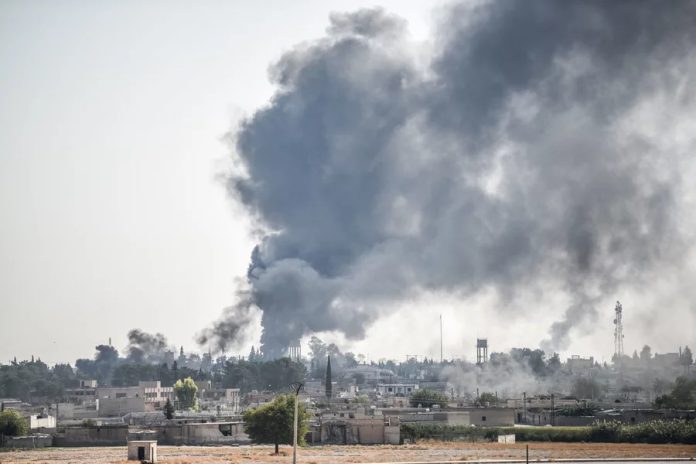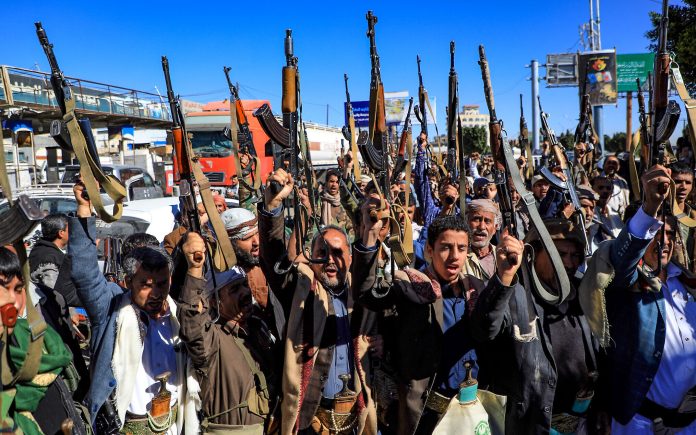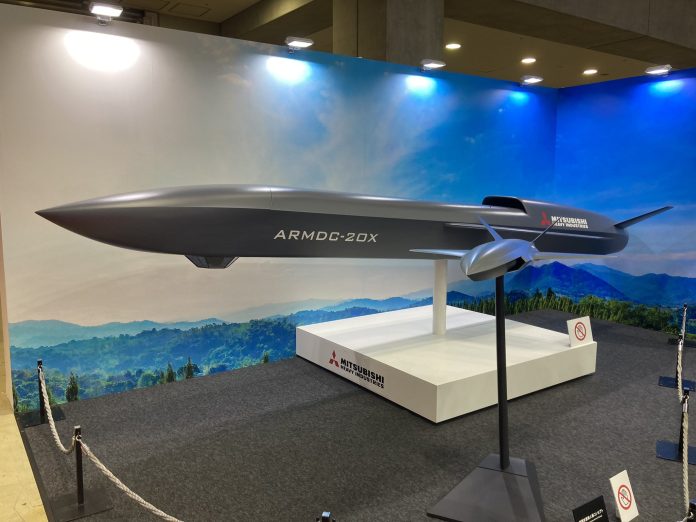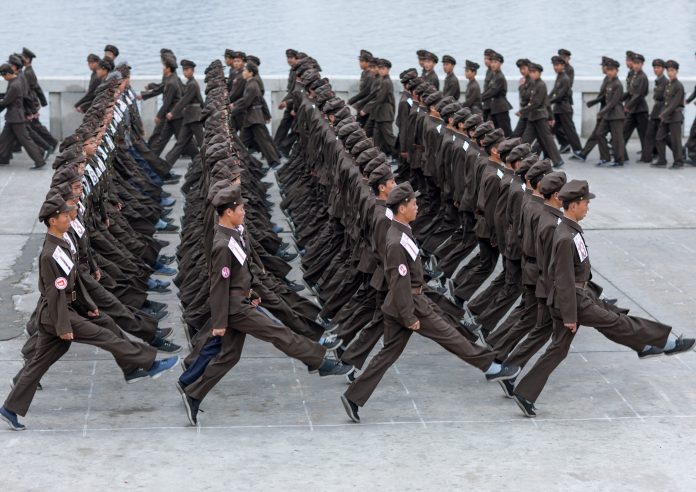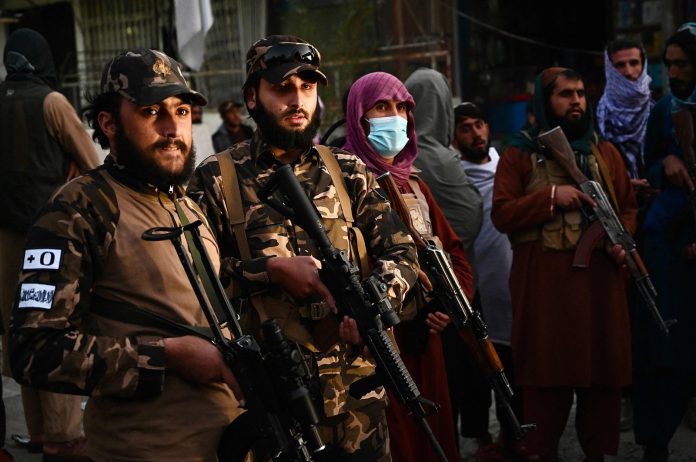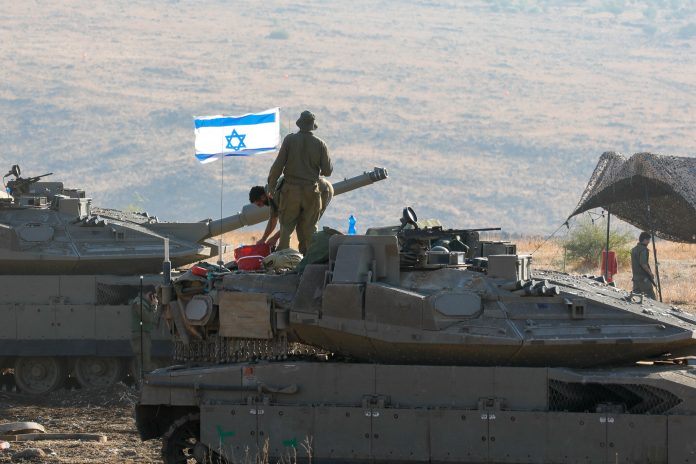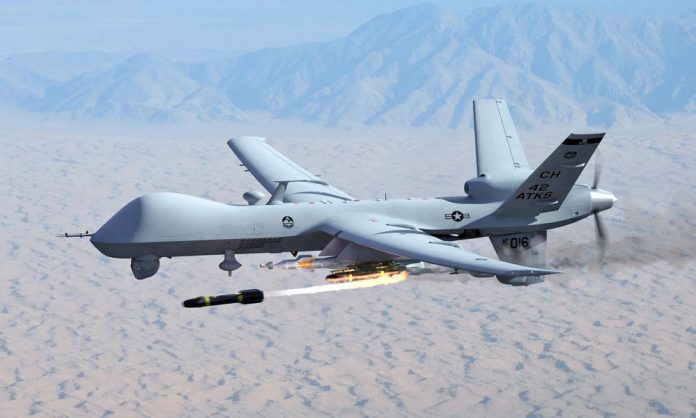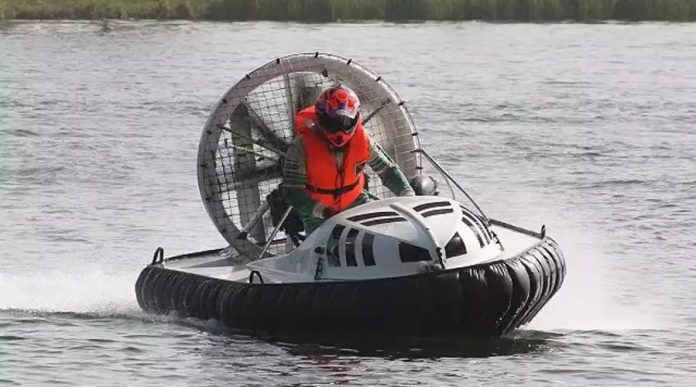Turkish Drone Strikes Kill 27 Civilians in Syria Amid Escalated Military Operations
Friday, [Date] — A dramatic surge in military activity by Turkish forces has claimed the lives of 27 civilians in Syria within a 24-hour period, according to the Syrian Observatory for Human Rights. This escalation follows a deadly assault on a defense company near Ankara that resulted in five fatalities and injured 22 others.
Since Thursday, Turkish aerial and ground assaults have intensified in northern and eastern Syria, the watchdog reports. The Turkish military is said to have executed 45 drone strikes and four airstrikes, targeting critical infrastructure such as water, power, and gas stations.
The increase in violence was triggered by an attack near Ankara that the Turkish government attributed to the outlawed Kurdistan Workers’ Party (PKK), launching airstrikes against what it termed "terrorist targets" in both Iraq and Syria. The Turkish defense ministry announced that a total of 32 targets linked to the PKK were successfully destroyed in the operation.
The Kurdish-led Syrian Democratic Forces (SDF), which played a pivotal role in dislodging the Islamic State from its last territories in Syria in 2019, reported that Turkish strikes killed 12 civilians in northeastern Syria, wounding 25 others. The SDF highlighted that Turkish aerial assaults not only impacted civilian areas but also struck vital facilities such as bakeries and power stations.
Turkey considers the YPG (People’s Protection Units), which significantly influences the SDF, to be an extension of the PKK— a group designated as terrorist by Ankara. Since 2016, Turkish troops and allied factions have conducted several cross-border operations, establishing control over parts of northern Syria, predominantly targeting the SDF.
As the situation continues to deteriorate, humanitarian concerns grow over the rising civilian casualties and destruction of essential infrastructure in conflict-affected areas.

